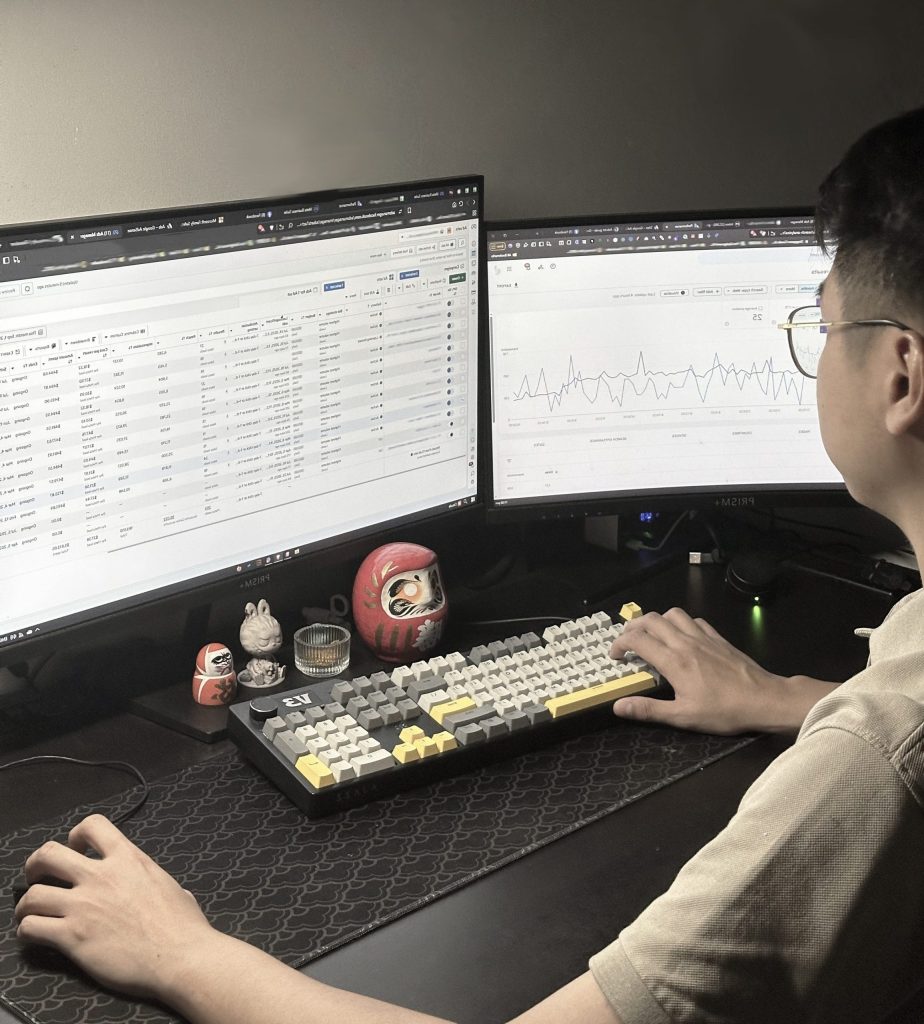
Social media advertising is no longer just “nice to have.” It’s now a critical growth driver for businesses of every size—from small startups to multinational brands. In fact, global ad spend on social media is projected to hit $219.8 billion in 2025 (Statista). That growth is no coincidence: businesses are shifting budget to platforms like Facebook, Instagram, TikTok, LinkedIn, and YouTube because the ROI is consistently stronger than traditional advertising.
But the question remains: why is social media advertising advantageous for businesses? Let’s break it down with case studies, benchmarks, and local context so you can see not only the “what” but also the “how.”
Unlike static billboards or expensive TV spots, social media advertising offers:
Precise targeting: Reach parents in Singapore searching for “preschool enrolment” or working professionals in Sydney looking for leadership training.
Measurable results: Campaign dashboards show your cost per click (CPC), cost per lead (CPL), or cost per acquisition (CPA) in real time.
Scalable budgets: Start with as little as SGD $5/day and scale once profitable.
Diverse creative formats: Videos, stories, reels, carousels, lead forms, and more—each designed to test what drives action.
👉 The ability to combine data-driven targeting with creative storytelling is what makes social media advertising so advantageous for businesses.
According to HubSpot and Wordstream, businesses can expect:
In Singapore, CPCs are often 20–30% higher in competitive industries such as education, finance, and property.
For example, leads for consumer services may cost SGD $15–$25, while finance or property campaigns often see CPLs of SGD $80–$120.
A regional service provider tested both Google Ads and Meta Ads. Results showed:
A Lazada seller in Malaysia scaled TikTok Ads campaigns from MYR 5,000 to MYR 50,000 monthly in 90 days, driven by influencer-style video creatives. Their ROAS hit 5.2x, far exceeding marketplace ads.
📊 According to Marketing-Interactive, Southeast Asia’s younger demographic (Gen Z, Millennials) drives over 60% of TikTok ad clicks—a clear signal where brands need to show up.
Connect with our expert team to transform your sales process with proven digital marketing strategies that deliver real results.
Connect with us! →Businesses in Singapore and Southeast Asia face unique advertising dynamics:
👉 Example: Local publishers like Mothership.sg and The Smart Local show how culturally relevant storytelling captures attention better than generic messaging. Pairing such credibility with paid social campaigns can multiply results.
💡 Pro Tip: Connect social ads with localized landing pages (e.g., “Preschool in Toa Payoh – Book a Tour”). This helps boost both ad conversions and SEO rankings. Link these pages internally to your broader Digital Marketing
strategy for long-term authority.
High CTR feels good, but clicks don’t pay the bills. Too many businesses obsess over vanity metrics. Focus on CPE (cost per enrolment) or CPA (cost per acquisition) instead. (Read more)
“Everyone is my customer” wastes ad spend. Break down campaigns by age, interests, or buyer stage.
Over 70% of users don’t convert on the first visit (Forbes). Retargeting nurtures these warm leads.
According to Social Media Examiner, reports brands testing 4+ creatives per ad set achieve 2x more conversions. Rotating creatives prevents ad fatigue.
Your business deserves more. Let ThriveMediaSG help your business Increase Sales through digital marketing.

For SMEs, this makes falling into the “cheap clicks but no conversions” trap very common.
Trustworthy insights from authoritative sources help sharpen strategies:
These external references show that the advantages of social media advertising aren’t just opinions—they’re validated by research and high-authority thought leaders.
Pick a core metric: CPL, CPE, or ROAS—don’t chase clicks.
Common questions Singapore SMEs ask about running ads effectively.
Yes. SMEs in Singapore can start with SGD $10/day campaigns and still generate quality leads if targeting and creatives are optimized.
Facebook/Instagram dominate consumer ads. LinkedIn works better for B2B. TikTok excels with Gen Z.
Track your CPE or CPA, not just clicks. Compare against customer lifetime value (CLV).
Social media advertising is advantageous for businesses because it combines precise targeting, measurable outcomes, and scalable growth. For Singapore and Southeast Asia, where CPCs are high and cultural nuances matter, social ads allow SMEs and large brands alike to compete strategically.
Done right, social media ads aren’t just “another channel”—they’re a core growth engine.







Our team consists of seasoned digital marketers, bringing years of hands-on expertise driving results for SMEs and enterprises throughout the APAC region.
from first click to final sale—across Meta, Google, TikTok, YouTube, and your CRM so you can see what’s working and what’s not.
Your videos, landing pages, ads, and data are aligned under one strategy no more juggling vendors.
Budgets shift based on real-time performance, not monthly meetings.
Leads and traffic you already have get optimized for higher ROI and less waste.
Clear reports, honest feedback, and no jargon—even when results aren’t perfect.
Digital Marketing isn’t just about running ads—it’s about turning data into visible growth.

